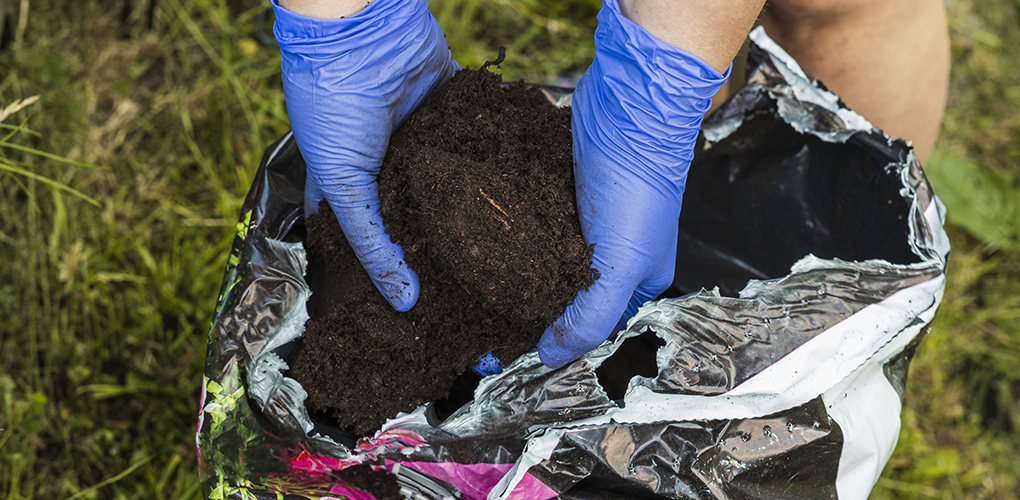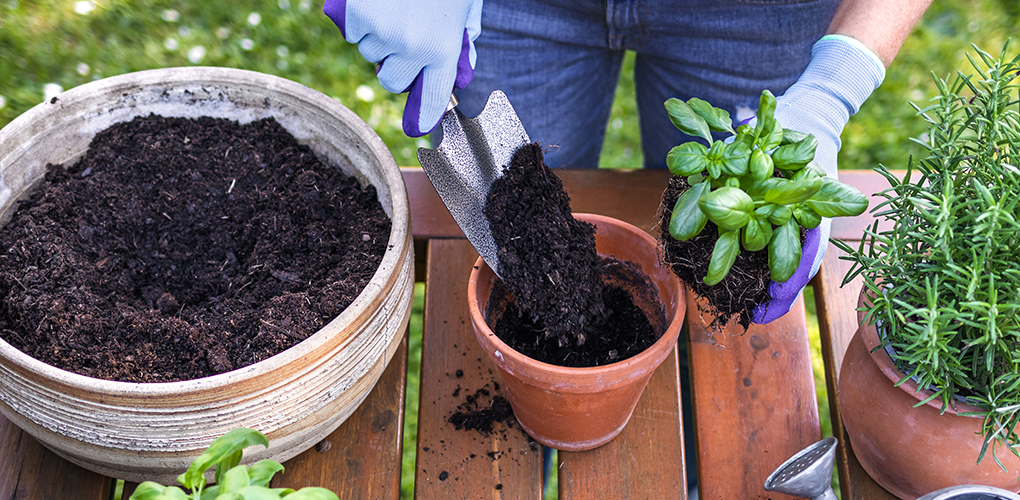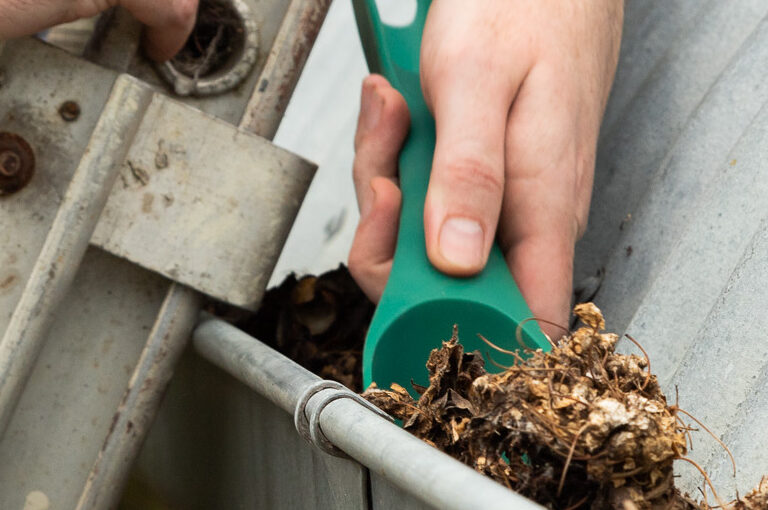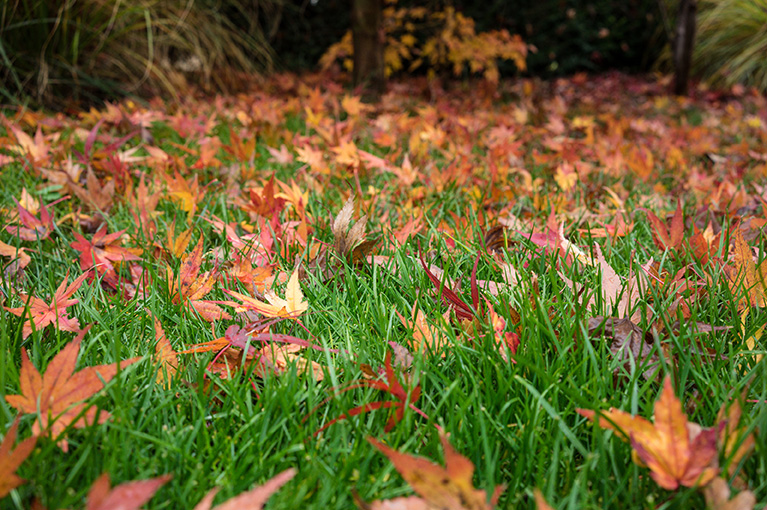With the right potting mix, your indoor and outdoor plants can thrive. But how do you choose the best potting mix for your container plants? Our guide is here to help.

What does a quality potting mix look like?
The better quality potting mixes have a good balance of sand, organic matter, perlite, slow-release fertiliser, and water crystals.
It’s wise to purchase the best quality outdoor or indoor potting mix you can afford for long term good results. Check that it comes with industry accreditation, and look for the stickers that show it meets Australian Standards.
There should also be a description on the bag that describes its contents and nutrients, so you can make sure it has a balanced mix to keep your plants healthy and happy.


What potting mix is best for my plants?
Some potting mixes are suitable for acid-loving plants, like azaleas and gardenias. A quality orchid potting mix will be an open, chunk bark-based blend. For succulent potting, you’ll want a well-drained potting mix.
If you’re planning a collection of plants with different requirements, you’ll need a suitable mix of the right bag size.
Always make sure the container you choose has enough decent-sized drainage holes (at least 20mm) to avoid waterlogged gardening soil that may damage your plants’ roots.

What size of potting mix bag do I need?
There’s a huge array of gardening soils suitable for pot plants – and they all come in a variety of sized bags.
If you need a potting mix for bigger pots or beds, you may be able to find double-sized bags to make the job easier and more economical.


What’s the best way to use potting mix?
It’s best not to ‘over pot’ a plant. That means a small plant shouldn’t go into a very large pot. Otherwise, a lot of the soil will be wasted, staying wet and the bottom and rotting. As well, most of the beneficial fertiliser will leach out before it can be used by the plant.
You also don’t need to compact the potting soil when planting. A gentle pressing around the plant’s roots is enough, then simply water it in thoroughly. Finally, fill any cavities with more soil for an even surface. You can also add flowers or herbs as temporary fillers.
A good gardening soil will sustain an interesting blend of pot plants, until the main plant grows and dominates the container. After six to nine months, add extra fertiliser.

Should I water potting mix?
It’s best to always keep general potting soils slightly moist (the water crystals will help this). If the container becomes very dry, the soil can shrink back from the edge, making it difficult to water as the soil runs away too quickly. An investment in good quality potting mix pays off with healthy plants – and less maintenance in the long-run.

When should I add new potting soil?
If you have a mature plant in a favourite pot that needs rejuvenating, you can slice out pockets of old soil (the size of a pie piece, but deeper) and add new soil. This is a handy method if it’s hard to get the plant out of the pot.
You can also blend old potting soil with new soil, adding some more slow-release fertiliser to create a new mix. This works well for large containers, or if you’re trying to avoid the cost of multiple bags of new potting mix.


Pope’s DIY tip
Sandy soil and potting mix have very fast drainage. This means you should use drippers with lower emission rates so the water seeps more slowly into the soil and water can be absorbed by the root zone, rather than bypassing the roots.










